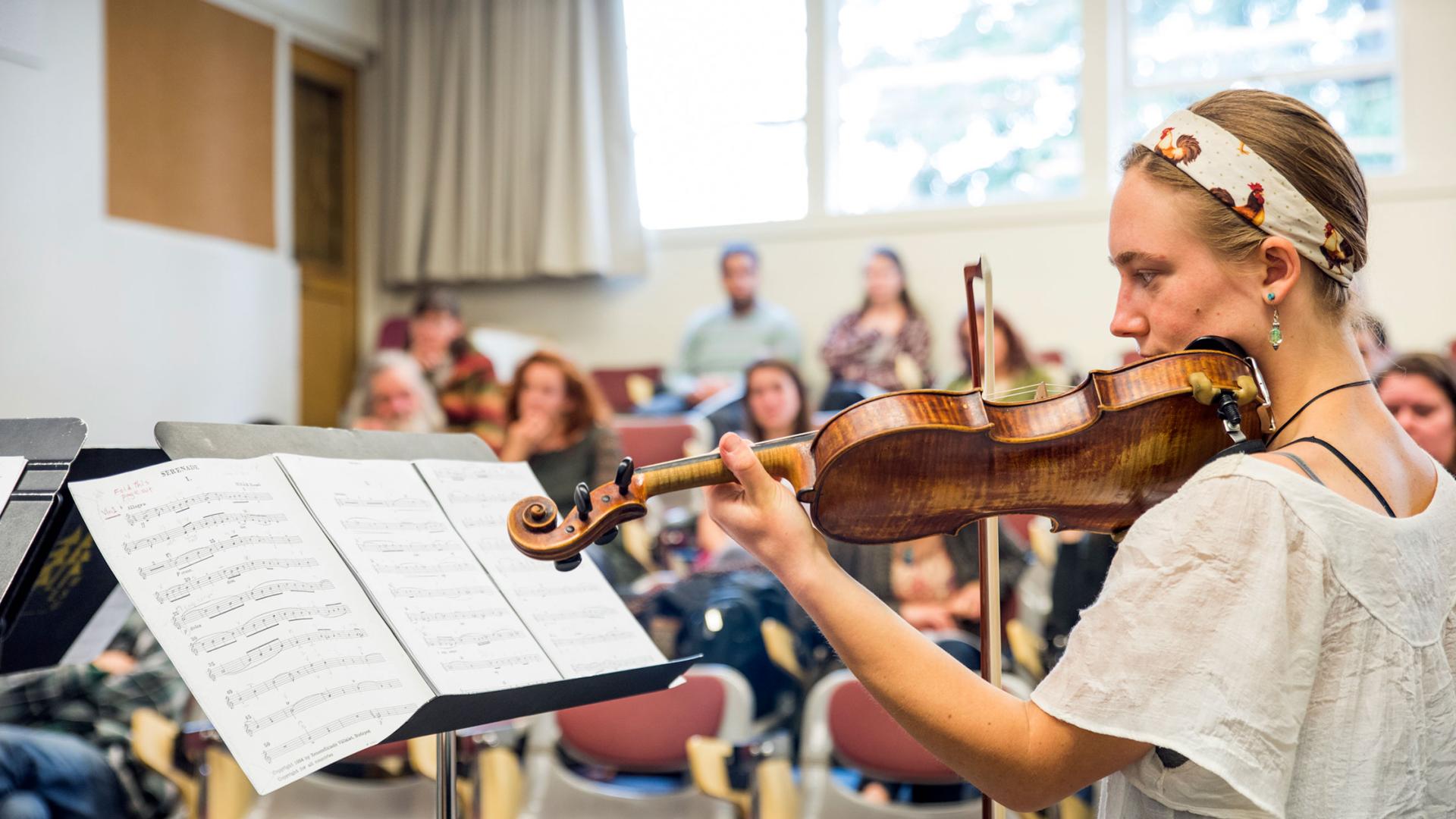Breadcrumb
Communication
Speech impairments may be congenital or the result of illness or injury. They may be found along or in combination with other disabilities, particularly with deafness.
Speech impairments range from problems with articulation or voice strength to being totally non-vocal. Impairments include:
- stuttering (repetition, blocks, and/or prolongation occasionally accompanied by distorted movements and facial expressions)
- chronic hoarseness (dysphonia)
- difficulty in finding an appropriate word or term (nominal aphasia)
- esophageal speech (resulting from a Laryngectomy)
Some students with speech impairments will be hesitant about participating in activities that require speaking. Even if the student has adjusted well to a speech impairment, new situations may aggravate old anxieties. It is important that self-expression be encouraged, but pressure to speak is not apt to be helpful. It is also important to allow time for the student to express his or her thoughts so that confidence can be gained. Speaking in front of a group can be an agonizing experience for anyone - the student with a speech impairment is no exception. It is also important for the instructor to accept and respond to all appropriate attempts at communication. When speaking to a person with a speech impairment, continue talking naturally. Resist the temptation to complete words or phrases for the person.
For individuals who cannot speak, various communication aids are available depending on the abilities to type, sign, write, etc. These aids may range from sophisticated electronic "speaking" machines, called Augmentative and Alternative Communication (AAC) Devices.
Depending on the severity of the speech impairment, various accommodations may be required. Some students will not require any accommodations at all. Most will need patience, encouragement, and an opportunity to develop self-confidence in an unfamiliar group. The instructor can set the tone that encourages appropriate self-expression.
Back to Student Resources





